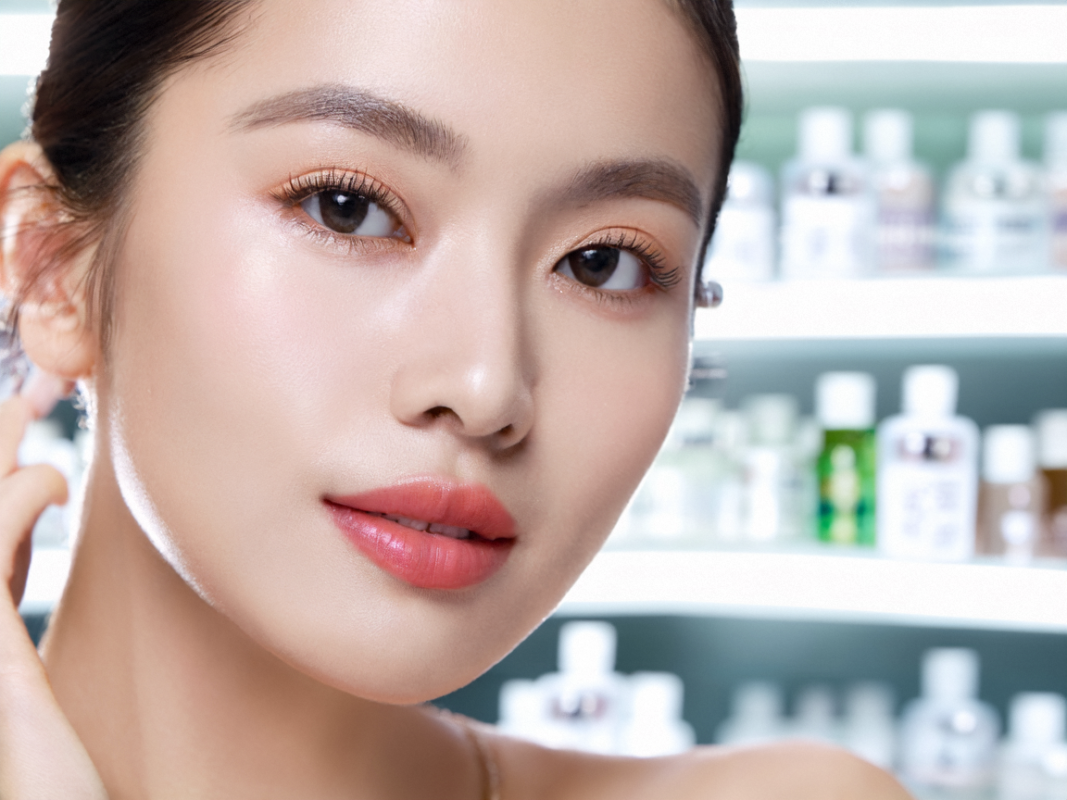Introduction
- Introduce the challenge of choosing effective acne treatments.
- Highlight the rise of acne patches as a popular choice and the need to compare them with more traditional methods.
1. Overview of Acne Patches and Traditional Acne Treatments
- Brief introduction to acne patches: small, adhesive stickers designed to target pimples directly.
- Overview of traditional acne treatments: topical creams (benzoyl peroxide, retinoids), oral medications (antibiotics, hormonal treatments), and in-office procedures (chemical peels, laser therapy).
2. How Acne Patches Work
- Description of how acne patches function: hydrocolloid absorption, medicated patches, and microneedle delivery.
- Key benefits: targeted application, reduced risk of scarring, convenience, and faster healing for surface-level pimples.
3. How Traditional Acne Treatments Work
- Explanation of various traditional treatments:
- Topical Treatments: How creams and gels work to reduce bacteria, unclog pores, and decrease inflammation.
- Oral Medications: Antibiotics, hormonal treatments, and their role in managing severe or persistent acne.
- Professional Procedures: How chemical peels, light therapy, and extraction target different types of acne.
- Key benefits: proven track record, broader approach for complex or severe acne.
4. Comparing Effectiveness: Pros and Cons of Each Approach
- Targeted vs. Broad Treatment: How acne patches offer precision, while traditional methods may treat the entire face or body.
- Active Ingredients: Discuss the differences in ingredients used in patches (e.g., salicylic acid, tea tree oil) versus traditional topicals (e.g., benzoyl peroxide, adapalene).
- Severity of Acne: Acne patches for mild to moderate acne vs. traditional treatments for severe or cystic acne.
- Skin Sensitivity: How patches can be gentler on sensitive skin compared to some stronger topicals.
5. Convenience and Lifestyle Considerations
- Ease of Use: The simplicity of acne patches for spot treatment without the mess of creams.
- Daily Skincare Routine: How traditional treatments fit into a broader skincare regimen, including layering with serums and moisturizers.
- On-the-Go Solutions: The advantage of acne patches for immediate use during the day or overnight.
- Cost: Comparison of the affordability of acne patches vs. long-term costs of prescription treatments and dermatologist visits.
6. Safety, Side Effects, and Risks
- Common side effects of acne patches: mild irritation for medicated patches.
- Potential side effects of traditional treatments: dryness, peeling, sensitivity to sunlight, systemic effects for oral medications.
- Discuss which method has a lower risk profile for certain skin types.
7. When to Use Acne Patches and When to Opt for Traditional Treatments
- Guidance on selecting acne patches for occasional breakouts, post-pimple healing, and surface pimples.
- When to choose traditional treatments for persistent, hormonal, or deep acne.
- Tips for combining acne patches with traditional methods for a comprehensive skincare routine.
Conclusion
- Recap the strengths and weaknesses of acne patches and traditional acne treatments.
- Emphasize that the choice should depend on individual skin needs, acne severity, and personal preferences.
- Encourage readers to consult with a dermatologist to find the most effective treatment plan for their skin type.
















